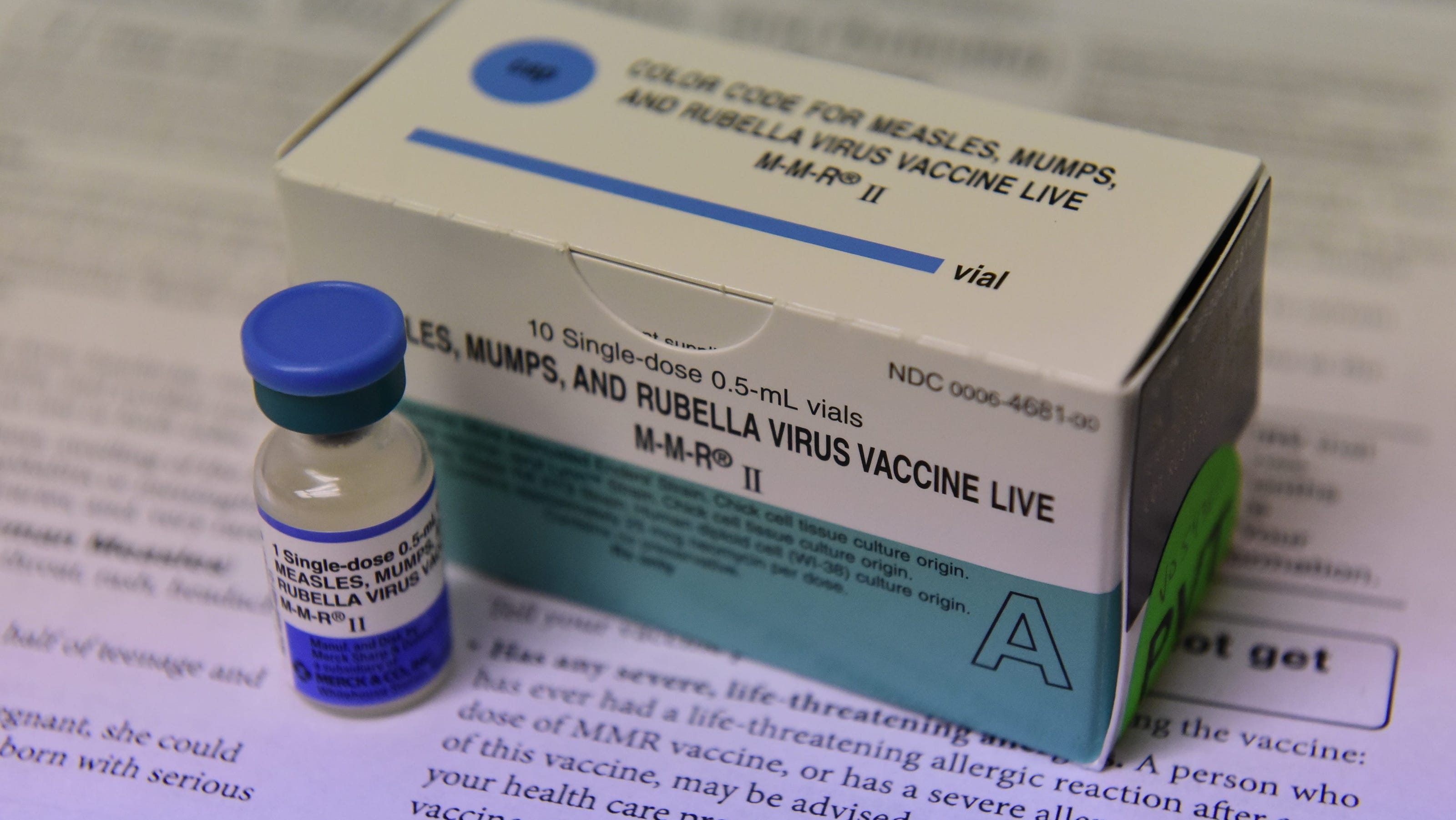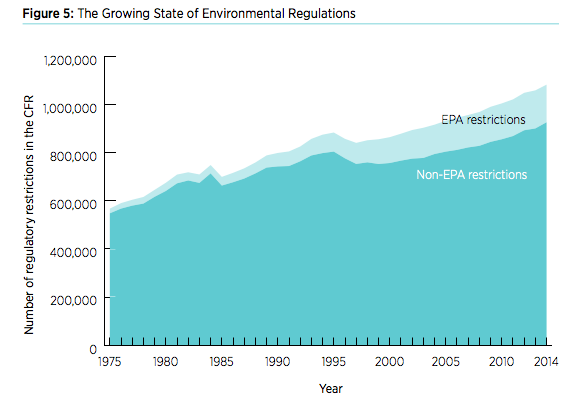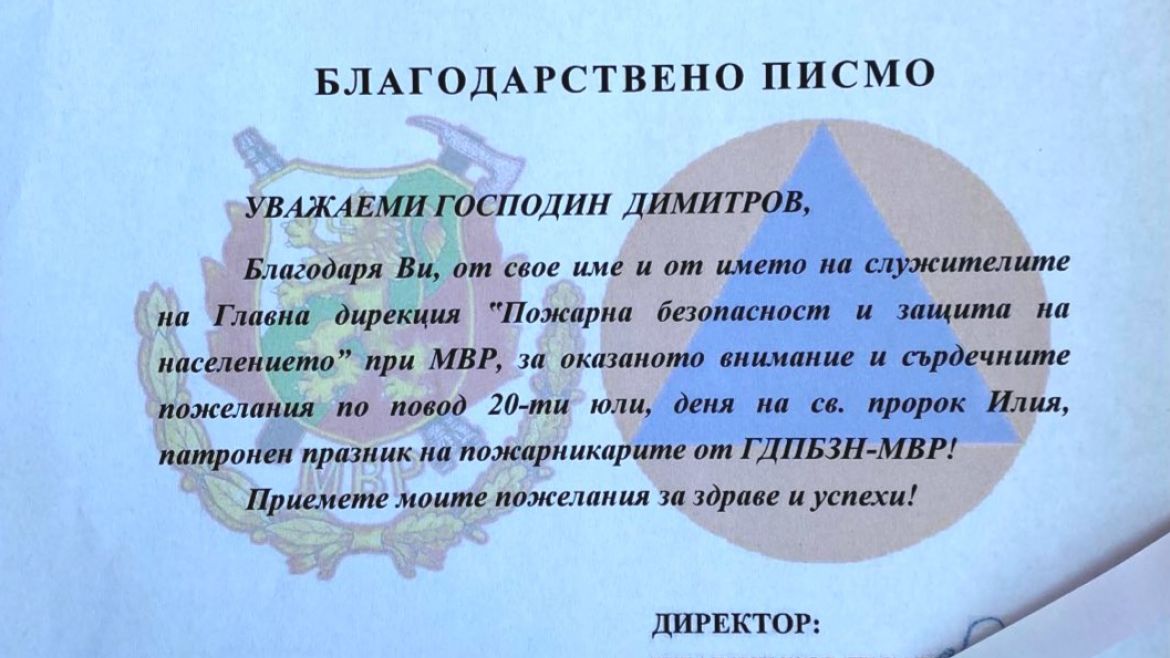The Return Of Measles: Examining The Kansas Outbreak

Table of Contents
Understanding the Measles Virus and its Transmission
Measles, caused by the rubeola virus, is a highly contagious disease primarily spread through airborne droplets produced by an infected person when they cough or sneeze. The virus can remain infectious in the air for up to two hours, making it exceptionally easy to transmit. The incubation period, the time between infection and the appearance of symptoms, typically ranges from 7 to 21 days.
Symptoms of measles typically manifest as a combination of fever, cough, runny nose, and a characteristic red rash that begins on the face and spreads to the rest of the body. While many children recover fully, measles can lead to serious complications, particularly in vulnerable populations such as infants, pregnant women, and immunocompromised individuals. These complications can include pneumonia, encephalitis (brain inflammation), and even death.
- Highly contagious virus spread through respiratory droplets.
- Incubation period of 7-21 days.
- Symptoms include high fever, cough, runny nose, and characteristic rash.
- Can lead to serious complications like pneumonia and encephalitis.
Factors Contributing to the Kansas Measles Outbreak
The resurgence of measles in Kansas, like outbreaks in other parts of the country, is largely attributed to declining vaccination rates and the spread of misinformation about vaccine safety. This vaccine hesitancy, fueled by inaccurate information circulating online and within certain communities, has created pockets of unvaccinated individuals, making the population vulnerable to outbreaks.
Furthermore, international travel and community gatherings can play a significant role in introducing the measles virus into communities with low vaccination coverage. Even a single infected individual can initiate a chain of transmission, particularly in areas where herd immunity is compromised.
- Low vaccination rates among children.
- Spread of misinformation regarding vaccine safety.
- Clusters of unvaccinated individuals in specific communities.
- Potential introduction of the virus from international travelers.
Public Health Response to the Measles Outbreak in Kansas
In response to the Kansas measles outbreak, public health officials implemented several crucial strategies to contain the spread of the virus. These included large-scale vaccination campaigns targeting vulnerable populations, particularly children and adults who were not fully vaccinated. Simultaneously, public awareness initiatives were launched through various channels, disseminating accurate information about measles, its prevention, and the importance of vaccination.
Contact tracing, a critical element of outbreak control, was employed to identify and isolate infected individuals and their close contacts. This involved rigorous investigation to determine the source of infection and prevent further spread. Effective collaboration with healthcare providers and community organizations was crucial in ensuring the success of these public health interventions.
- Mass vaccination campaigns targeting vulnerable populations.
- Public health announcements and educational materials.
- Contact tracing and quarantine measures to prevent further spread.
- Collaboration with healthcare providers and community organizations.
Preventing Future Measles Outbreaks in Kansas and Beyond
Preventing future measles outbreaks requires a multifaceted approach focused on achieving and maintaining high vaccination rates to establish herd immunity. This crucial level of community-wide protection shields even those who cannot be vaccinated due to medical reasons.
Combating vaccine hesitancy is equally vital and involves sustained educational efforts to address concerns and misconceptions about vaccine safety. Transparent communication, evidence-based information, and engagement with community leaders can help build trust and encourage vaccination. Healthcare providers play a critical role in recommending and administering vaccines, providing personalized advice and addressing individual concerns.
Finally, policies that improve vaccine access and affordability for all communities are essential. Removing financial and logistical barriers ensures that everyone has the opportunity to protect themselves and their families from this preventable disease.
- Importance of MMR (Measles, Mumps, Rubella) vaccination.
- Addressing vaccine hesitancy through education and transparent communication.
- Promoting vaccine access and affordability for all communities.
- Strengthening public health infrastructure for early detection and response.
Conclusion: The Importance of Preventing Future Measles Outbreaks in Kansas
The measles outbreak in Kansas underscores the critical need for sustained efforts to prevent future outbreaks. Low vaccination rates, fueled by misinformation, created a vulnerable population susceptible to this highly contagious disease. Effective public health responses, including vaccination campaigns, contact tracing, and public awareness initiatives, are crucial to containing outbreaks. However, the long-term solution lies in achieving and maintaining high vaccination rates through education, improved vaccine access, and addressing vaccine hesitancy. We must actively promote MMR vaccination, support public health initiatives, and engage communities in collective action to prevent future measles outbreaks in Kansas and across the nation. Protect yourself and your community: Get vaccinated against measles.

Featured Posts
-
 Odigos Tiletheasis Gia To Savvato 5 4
May 30, 2025
Odigos Tiletheasis Gia To Savvato 5 4
May 30, 2025 -
 Mengapa Kawasaki Z H2 Tidak Dijual Di Indonesia Misteri Motor 197 Hp
May 30, 2025
Mengapa Kawasaki Z H2 Tidak Dijual Di Indonesia Misteri Motor 197 Hp
May 30, 2025 -
 Impact Of New Us Energy Regulations On Energy Costs For Consumers
May 30, 2025
Impact Of New Us Energy Regulations On Energy Costs For Consumers
May 30, 2025 -
 Bruno Fernandes Transfer Speculation Real Madrid Interest
May 30, 2025
Bruno Fernandes Transfer Speculation Real Madrid Interest
May 30, 2025 -
 Investigative Journalists Targeted The Bolle Jos Drug Trafficking Case In Sierra Leone
May 30, 2025
Investigative Journalists Targeted The Bolle Jos Drug Trafficking Case In Sierra Leone
May 30, 2025
Latest Posts
-
 Grigor Dimitrov Vliyanieto Na Kontuziyata Vrkhu Karierata Mu
May 31, 2025
Grigor Dimitrov Vliyanieto Na Kontuziyata Vrkhu Karierata Mu
May 31, 2025 -
 Kontuziyata Na Grigor Dimitrov Aktualna Informatsiya I Analiz
May 31, 2025
Kontuziyata Na Grigor Dimitrov Aktualna Informatsiya I Analiz
May 31, 2025 -
 Trumps Uncertainty What Made Him Question Elon Musk
May 31, 2025
Trumps Uncertainty What Made Him Question Elon Musk
May 31, 2025 -
 Uncertainty And The End Trumps Doubts About Elon Before The Break
May 31, 2025
Uncertainty And The End Trumps Doubts About Elon Before The Break
May 31, 2025 -
 Everything Revealed In The Star Trek Strange New Worlds Season 3 Teaser
May 31, 2025
Everything Revealed In The Star Trek Strange New Worlds Season 3 Teaser
May 31, 2025
